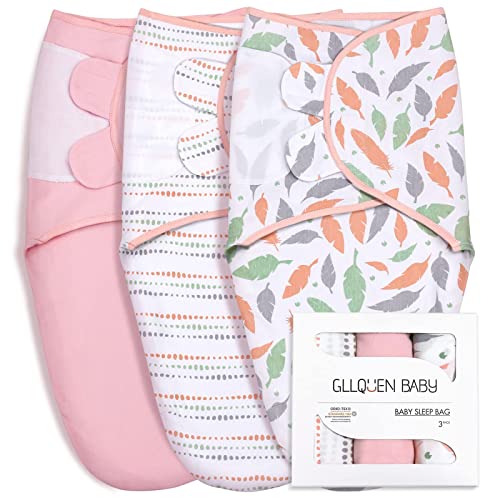Swaddle Wraps for Newborns: Ensuring Safety and Comfort
Swaddling is an age-old practice that has been used for centuries to help calm and soothe newborn babies. It involves wrapping the baby snugly in a soft blanket or swaddle wrap, mimicking the feeling of being in the womb. While swaddling can be beneficial for both babies and parents, it is important to ensure that swaddle wraps are used safely to prevent any risks or harm to newborns.
The Benefits of Swaddling Newborns
Swaddling can offer a range of benefits for newborns. The feeling of being wrapped snugly can help babies feel secure and comforted, reminiscent of the womb environment they were used to for the past nine months. This can help calm and soothe newborns, helping them sleep better and cry less. Swaddling can also prevent the startle reflex, which can often wake up babies. Additionally, swaddling can provide a gentle pressure on their stomachs, which can help with digestion and prevent colic.
Ensuring Safe Swaddling Practices
While swaddling can be beneficial for newborns, it is essential to follow safe swaddling practices to prevent any potential risks. Firstly, it is crucial to ensure that the swaddle wrap is the right size for your baby. Swaddle wraps that are too small can restrict movement and potentially cause discomfort or harm. On the other hand, swaddle wraps that are too large can come loose and pose a suffocation risk.
When swaddling, it is important to leave enough room for your baby’s hips and legs to move freely. This is important for their hip development and reduces the risk of hip dysplasia. The swaddle wrap should be snug around the chest, but not too tight. It should allow for easy breathing and movement of the arms and legs. It is crucial to avoid covering the baby’s face or placing the swaddle wrap too high up, as this can disrupt their breathing and increase the risk of suffocation.
It is also important to be mindful of the baby’s temperature while swaddled. The wrap should not be too thick or warm, as newborns are unable to regulate their body temperature effectively. Overheating can increase the risk of sudden infant death syndrome (SIDS). Ensure that your baby is not overdressed underneath the swaddle wrap and check for signs of overheating, such as sweating or flushed skin.
Alternative Options to Swaddle Wraps
If swaddle wraps do not feel like the right option for you and your baby, there are alternative options available that can provide a similar sense of security and comfort. Many parents find success with sleep sacks or wearable blankets. These are designed to provide a similar feeling to swaddling but without the need for wrapping. Sleep sacks typically have a zipper or Velcro closure, making it easy to secure your baby safely without any risks of it coming loose or covering their face.
Another alternative is to use a swaddle transition product. These are designed to gradually transition your baby out of swaddling by allowing them to have their arms free while still providing a snug feeling around the chest and stomach. This can be a gentle way to help your baby transition to sleeping without swaddling.
Consulting with Pediatricians and Experts
Before swaddling your newborn, it is important to consult with pediatricians or other healthcare professionals to ensure that swaddling is appropriate and safe for your baby. They can provide personalized advice based on your baby’s individual needs and help guide you through safe swaddling techniques.
Additionally, staying up to date with current guidelines and recommendations from trusted sources, such as the American Academy of Pediatrics (AAP), can help ensure that you are following the safest practices when it comes to swaddling your newborn.






